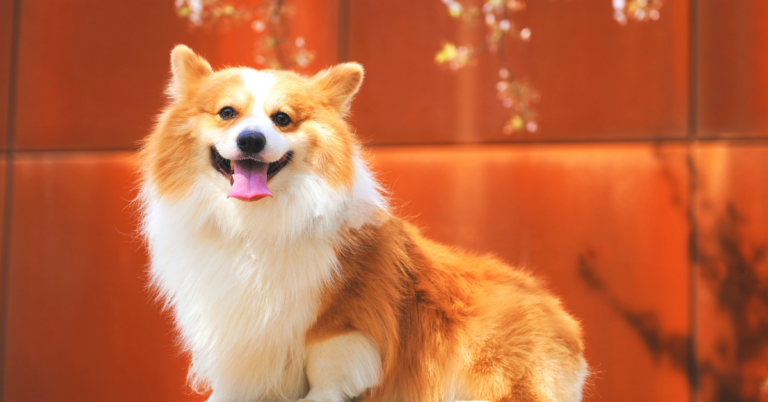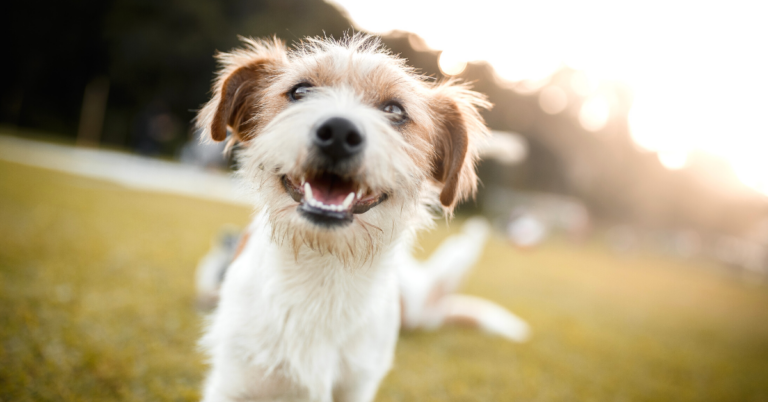Periodontal Disease in Dogs: What to Know
Periodontal disease in dogs, also known as gum disease, is common in dogs. It affects 90% of dogs by the age of 2-3 years old.
There are no visible signs of this disease at first.
But once it develops, it can cause chronic pain, damage the teeth and gums, and may cause bone loss.
Fortunately, periodontal disease in dogs can be treated, and prevented.
What Is Periodontal Disease in Dogs?

Periodontal disease in dogs is caused by a bacteria that affects the periodontal tissues.
These are the supporting structures of the teeth.
This disease resides under the gums.
This is why noticeable signs of gum disease in dogs are not often visible until the condition is well advanced.
As a result, it is critical to begin preventative dental care for your dog at a young age.
Why Do Dogs Get Periodontal Disease?
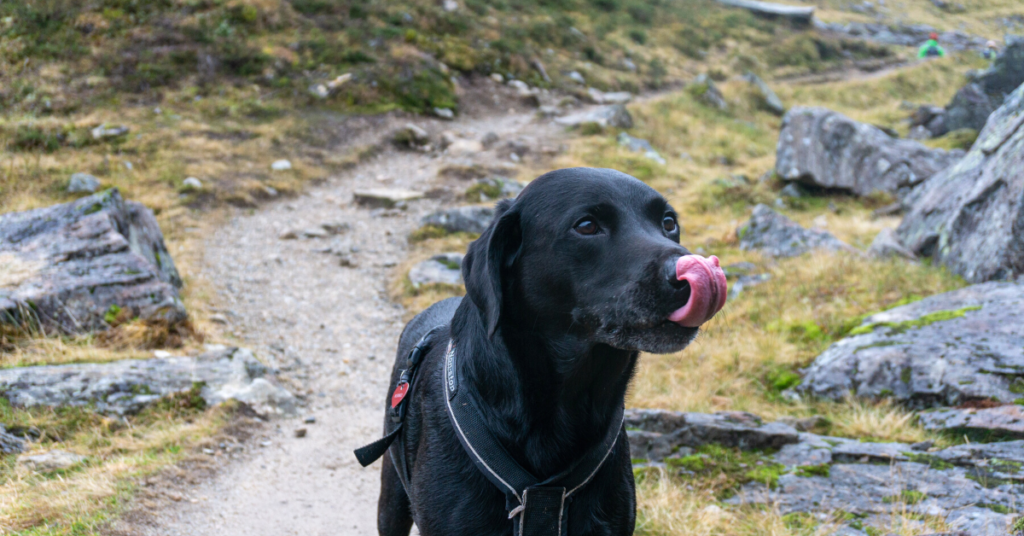
After your dog eats, bacteria will begin digesting any food particles left in the dog’s mouth.
This forms a sticky, white grayish coating known as plaque.
Bacteria in plaque are instantly identified as foreign invaders by your dog’s immune system.
Their body responds by sending white blood cells to remove the invasion.
However, if the plaque is not removed, it will thicken and the bacteria will produce toxins that will lead to inflamed gums, destroyed tissue, and loss of bone.
And in advanced stages, it may lead to tooth loss.
Signs of Periodontal Disease in Dogs

Signs of gum disease in dogs vary depending on the degree of periodontal disease in your dog’s teeth.
Periodontal disease in dogs is classified into four phases, with moderate being the first and severe disease being the fourth.
It’s important to remember that not all teeth may be at the same stage of periodontal disease at the same time.
Stage one is known as gingivitis, or inflammation of the gums. This stage may not show any visible signs.
However, subtle signs include red gums, bad breath, and bleeding gums during brushing or chewing.
In stage two, 25% or less of the tooth’s connection to the supporting tissues is lost.
Mild bone loss and moderately abnormal periodontal pocket depths may be seen on x-rays during a dental cleaning.
Signs of stage 2 include red gums, bad breath, bleeding gums, and in some cases receded gums.
In stage three of the disease, between 25% and 50% of the tooth’s support is gone. Moderate to severe bone loss would be seen on x-rays, and abnormal periodontal pockets would be visible when probing the gums.
Signs of stage 3 include red gums, bad breath, bleeding gums, moderate gum recession, and teeth that are loose.
In stage four of periodontal disease, more than 50% of the tooth’s attachments are lost.
Signs of stage 4 include exposure of tooth roots, loose teeth, missing teeth, and abscess may be discharged from around the teeth.
As the disease develops, you may also notice behavioral changes like not tolerating brushing teeth due to pain, being aggressive, and avoiding playing with chew toys.
Diagnosis of Periodontal Disease in Dogs

If you suspect your dog has a periodontal disease, it’s better to take them to the vet. For diagnosis. Your veterinarian will do an oral examination to check for signs like red gums, plaque, and loose or missing teeth.
If the vet believes your dog has a periodontal disease, they will recommend doing a dental cleaning and an X-ray under general anesthesia to examine the oral health thoroughly.
It’s a wise idea to get your dog checked for periodontal disease by a vet once or twice a year, since early treatment may be able to save your pet’s teeth.
Even if your dog is acting normally, if your veterinarian suggests dental treatment, it’s better to follow their advice, to maintain good oral hygiene.
Treatment of Periodontal Disease in Dogs
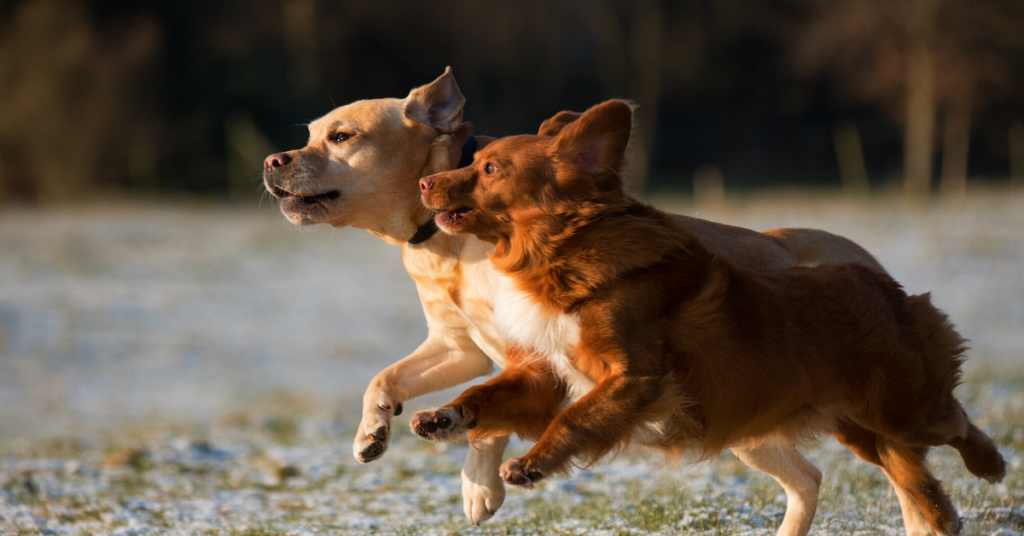
The first thing your vet will do to treat periodontal disease in your dog is doing a professional dental cleaning.
This will involve scaling the teeth above and below the gum line to remove plaque and tartar, polishing, full X-rays, and probing around each tooth.
This process, which must be performed under general anesthesia, will allow the veterinarian to assess the stage of illness in each tooth.
If all teeth are in stage 1, no further treatment will be required. However, daily teeth brushing will be necessary.
If some teeth are in stage 2, the veterinarian will do a thorough cleaning of any abnormal periodontal pockets and add an antibiotic gel to those areas; to aid in the closure of those pockets, and the prevention of additional tooth attachment damage.
In the case of stage 3, your veterinarian will do specialized restorative treatments on them. They will also coordinate with you to develop a thorough home dental care routine in order to save those teeth.
If the disease is in stage 4, the only recommended treatment is extraction, since the teeth are too damaged to be saved, and are causing too much pain for the dog.
When to See a Veterinarian
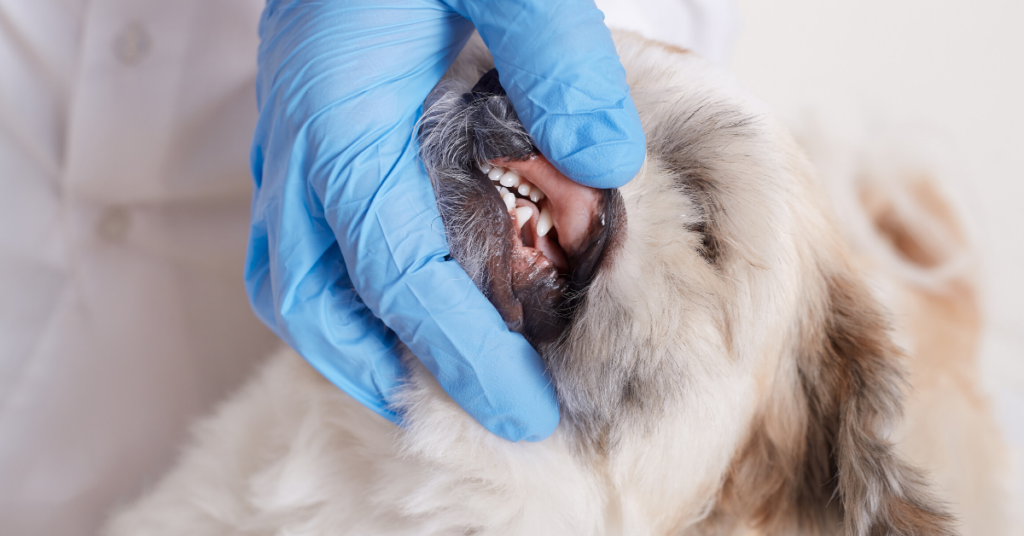
If you notice any signs of inflammation on your dog’s gums or teeth, take them to the vet immediately, in order to identify any periodontal disease, and the stage of the disease.
Taking your dog to the vet early will help in preventing dental disease, and saving your dog’s teeth. In addition to committing to regular oral cleaning visits at the vet, and at home.


